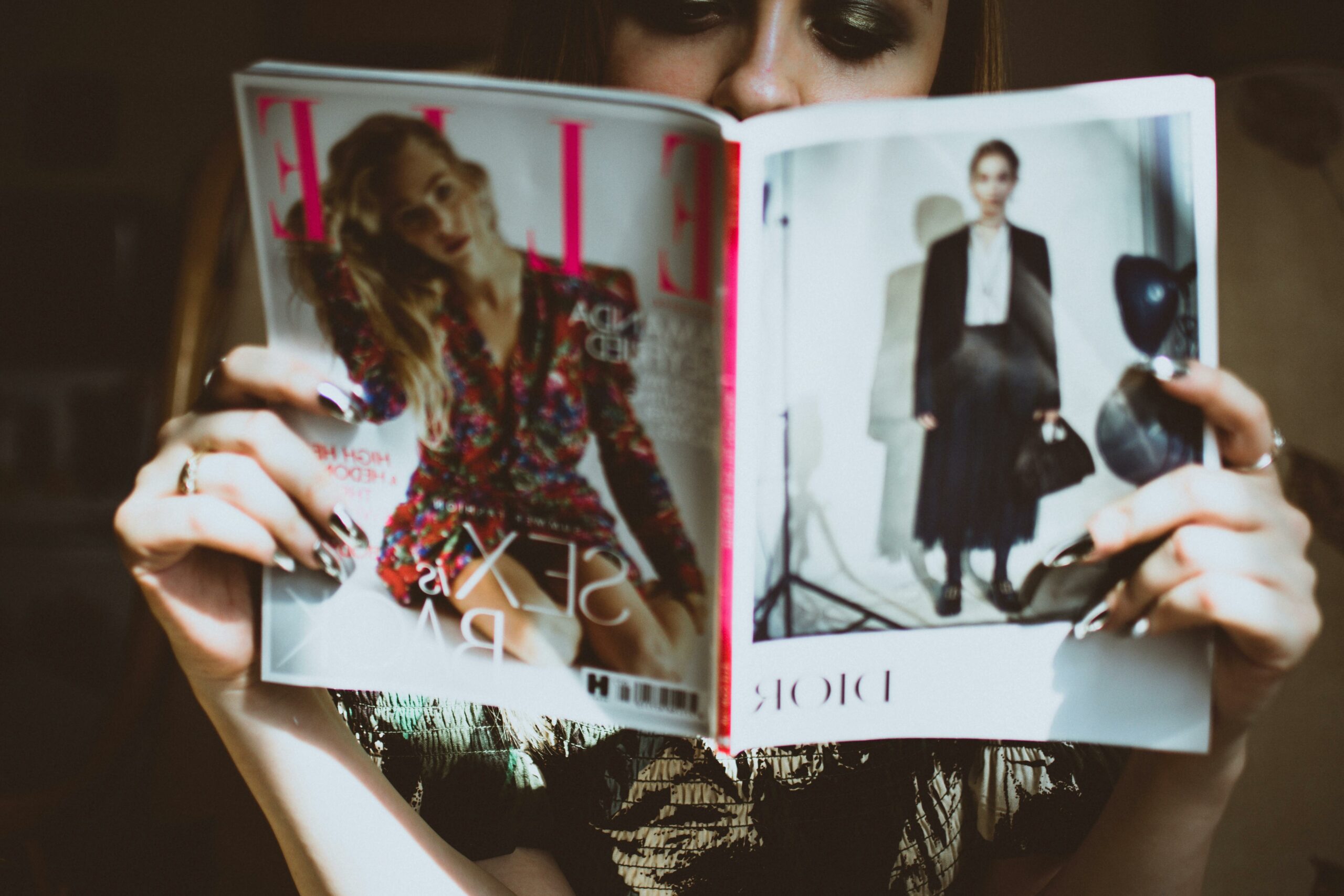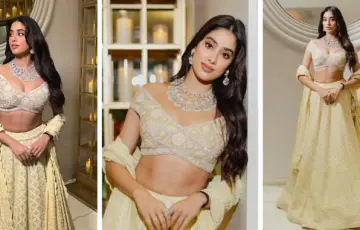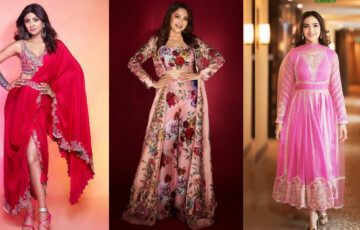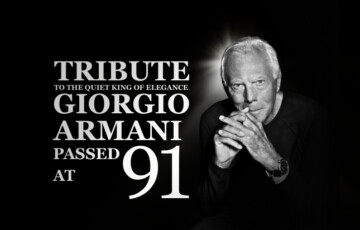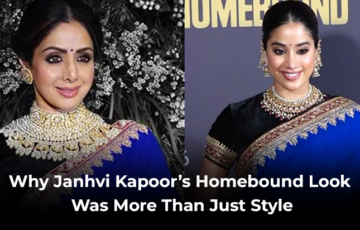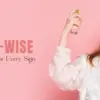Fashion is evolving, and so is the notion of success in the industry.
The fashion market is expected to reach $217.05 billion by 2025. Annual growth rates are climbing at 8.28% through 2029. In the US, roughly 600 modeling opportunities open up each year over the next decade. These numbers tell a much bigger story than just market expansion.
The industry traditionally favored female models between 16 and 21. However, things are finally headed in the right direction. Age-positive fashion movements are gaining momentum. Runways now showcase silver-haired models alongside fresh faces. Brands are discovering that authentic representation sells better than unrealistic standards.
Why? Older consumers control significant purchasing power, yet they rarely see themselves reflected in fashion campaigns. That disconnect costs brands real money and a genuine connection with their audience.
In this article, we will take a closer look at age-related barriers female models face and how the industry is embracing positive changes in representation.
The Real Struggles of Female Models Past the “Ideal Age”
For years, the fashion industry has been defined by a youth-centric standard. Older female models, often sidelined, face numerous challenges in trying to break into or remain in the field. While change is happening, the struggle remains.
The Casting Room Reality
It’s no secret that getting auditions becomes harder after a certain age. Casting directors often have unspoken age limits that nobody talks about openly. Many agencies simply won’t represent models past a certain age limit, regardless of their experience or talent.
Walk into any casting call and you’ll notice the age divide immediately. Younger models get called back more frequently. Older models often find themselves competing for fewer opportunities that specifically request “mature” looks.
Physical Health Concerns
Long hours and physical demands affect older bodies differently than younger ones. For example, pelvic organ prolapse and stress urinary incontinence commonly appear in women over 50. That’s why numerous modeling professionals opt for vaginal mesh insertion to continue their careers and self-confidence.
However, these medical devices aren’t completely safe for everyone. The ongoing vaginal mesh lawsuit highlights the serious complications many women have faced, including chronic pain, infections, and other health issues.
Thousands of plaintiffs have alleged these products cause serious complications, including chronic pain and organ damage, notes TorHoerman Law. Older women can look for safer alternatives like Kegel exercises to regain control and confidence.
Financial Pressures and Career Longevity
Money becomes a bigger concern as modeling careers mature. Younger models can afford to take lower-paying jobs for exposure and portfolio building. Older models often have mortgages, families, and financial responsibilities that require steady income.
A 2024 McKinsey report reveals something surprising about workplace ageism. Most people think unfair age treatment mainly targets older workers. The reality shows that young women face it most severely.
Nearly half of the women under 30 report missing work opportunities because of their age. They’re almost twice as likely as younger men to hear unwanted age-related comments. This creates a unique double bind for female models navigating career transitions.
The feast-or-famine nature of modeling hits harder when you have real bills to pay. Many experienced models take on teaching, styling, or consulting work to supplement their income. Others transition into behind-the-scenes roles like casting direction or model management.
Industry Perception and Self-Worth Challenges
Confidence takes a hit when the industry constantly questions your relevance. Photographers sometimes assume older models need more direction or coaching. Clients may request extensive retouching that younger models never face.
Social media amplifies these pressures exponentially. Older models must compete with filtered, edited images from twenty-somethings. The constant comparison can damage self-esteem and professional confidence over time.
The Age of Age-Agnostic Fashion Is Approaching
There’s a silver lining to fashion’s age problem, and it’s literally silver-haired.
The State of Fashion 2025 findings show something remarkable happening in retail. While fashion traditionally targeted younger shoppers, consumers over 50 now represent a massive chunk of global purchasing power. Smart brands are waking up to this multi-generational goldmine.
Recent runways proved this shift is real. According to Vogue UK, the Autumn/Winter 2024 collections showcased mature women confidently working slouchy suits and statement pieces. Batsheva Hay created waves by filling her entire New York show with women over 40.
The designer took things further with a bold “hag” sweater modeled by celebrated NYC fashion icon Victoria Bartlett. This provocative choice ignited discussions about reclaiming ageist language and celebrating experience over youth. Fashion capitals worldwide are now embracing similar age-diverse casting approaches across their major shows.
Where Beauty Meets Experience
Fashion is finally catching up to what we’ve always known. True style transcends the calendar pages we’ve turned. Models in the golden age bracket bring an unparalleled level of depth and authenticity to the ramp. Their presence commands attention because they’ve earned every line and learned from every setback. The industry’s future looks brighter when it reflects the full spectrum of human experience.

